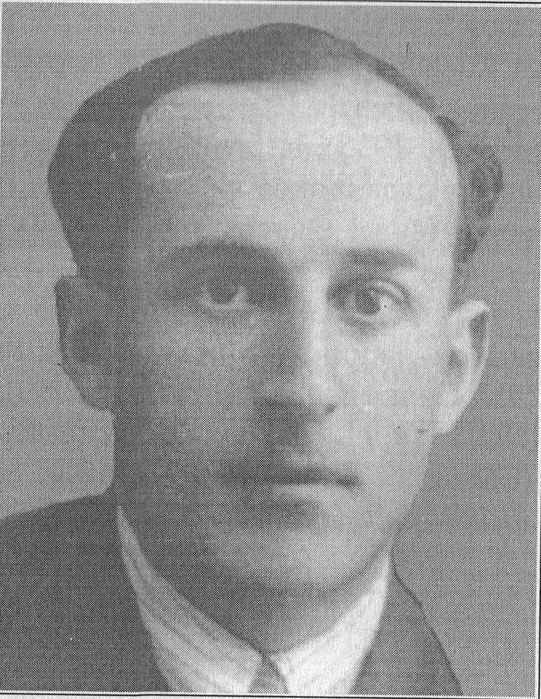Name Genrikh Kasparyan | Role Chess master | |
 | ||
Full name Genrikh Moiseyevich Kasparyan Country ArmeniaSoviet UnionRussian Empire Title International Master, Grandmaster of Chess Composition Books Domination in 2,545 Endgame Studies, The Complete Studies of Genrikh Kasparyan | ||
The legend genrikh kasparyan wgm tatev abrahamyan
Genrikh Kasparyan (Armenian: Հենրիկ Գասպարյան; 27 February 1910 in Tbilisi – 27 December 1995 in Yerevan) is considered to have been one of the greatest composers of chess endgame studies. Outside Armenia, he is better known by the Russian version of his name Genrikh Moiseyevich Kasparyan or Kasparian (Russian: Генрих Моисеевич Каспарян).
Contents
- The legend genrikh kasparyan wgm tatev abrahamyan
- Chess Endgame Study A Short Beauty by Kasparyan 1935 White to move and win
- Sample study
- Notable games
- Books
- References
Kasparyan became a national master in 1936 and an international master in 1950. He was awarded the titles of International Judge of Chess Compositions in 1956 and International Grandmaster of Chess Composition in 1972, the first composer to receive this title from FIDE (Harkola 2007).
Kasparyan was also an active chess player, winning the Armenian championship ten times (from 1934 to 1956, including two ties with future World Champion Tigran Petrosian) and the Tiflis championship three times (1931, 1937, 1945). He reached the USSR Championship finals four times (1931, 1937, 1947, 1952), but never finished higher than tenth place.
Kasparyan is best known for his compositions. He started with chess problems, mainly three-movers, but soon discovered that his best field was in endgame studies. He wrote several books and collections and composed about 600 studies, many on the theme of domination, winning 57 first prizes. He won the USSR Composing Championship several times (Sunnucks 1970).
Chess Endgame Study: A Short Beauty by Kasparyan (1935) - [White to move and win]
Sample study
Irving Chernev included five of Kasparyan's compositions in his book 200 Brilliant Endgames. This study uses a "model mate" in the middle of the board. (Chernev 1989:103)
